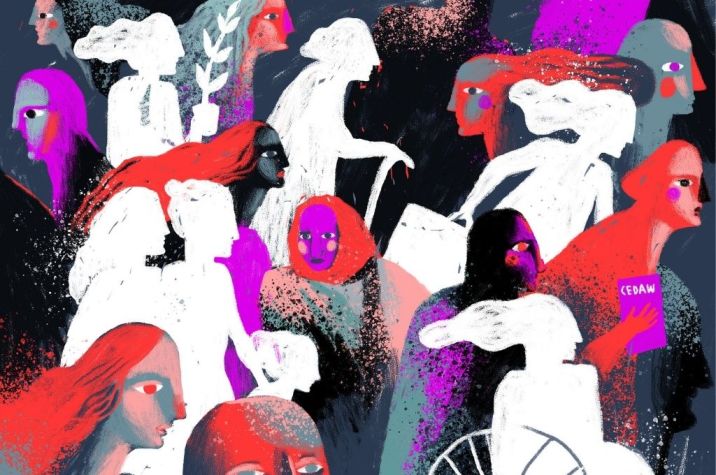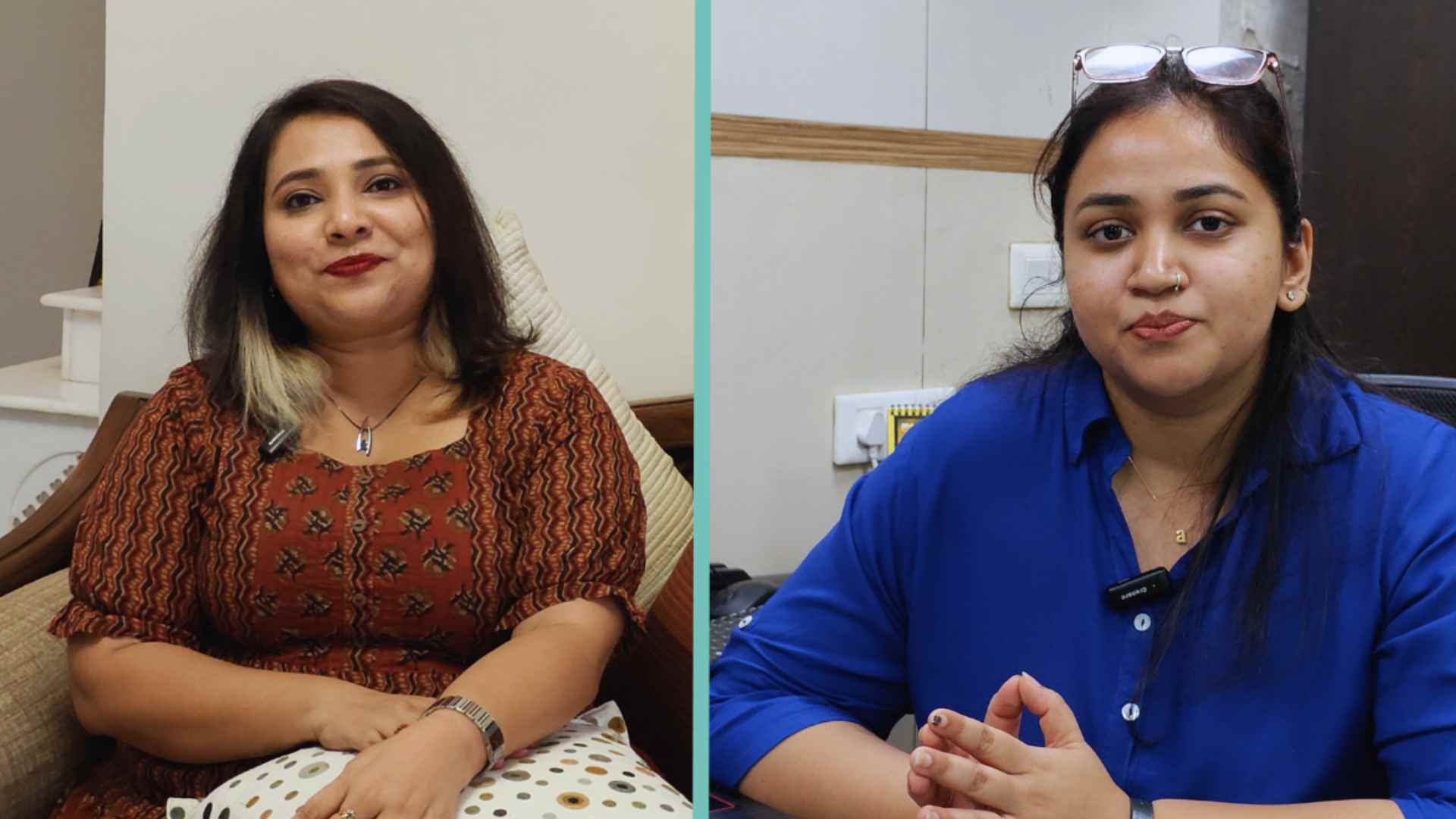In her famous speech ‘The Danger of a Single Story’, Nigerian writer Chimamanda Ngozi Adichie warns us against a singular narrative of a person—a stereotype. This, Adichie asserts, is not because stereotypes are untrue, but because they are incomplete—“They make one story become the only story.” This is true in all walks of life, including in our interactions with people with disabilities at workplaces.
The consequence of the single story, according to Adichie, is that it robs people of dignity. “It makes our recognition of our equal humanity difficult. It emphasises how we are different rather than how we are similar.”
Take the example of my brother, Hari. He topped the MBA programme in Narsee Monjee Institute of Management Studies. He has a visual disability, and he managed his education with the help of audio cassettes, screen reader software, and the internet. But when it came to his placement, none of the employers wanted to hire him because of his ‘blindness’. He went through 70 interviews. The problem was not that the interviewers saw him as a person with vision impairment, but that they could see only one ‘story’ of him—his disability. It created fear and discomfort, and took precedence over any other stories that would have helped the interviewers see his personality, conduct the interview, and gauge his competence. They focused so much on how he was different from them that they did not even try to look for similarities. Hari likes cricket, a sport with billions of admirers across the country, and this could have been a conversation starter for some of them. Or someone could have simply said, “Hey, I have never met a blind person. How do I interview you?”
EnAble India’s idea of includability—the ability to include—emerged from this and many other experiences I had with leaders, managers, and employees across organisations. I realised that awareness of differences is not the barrier to includability. It is the inability to create a common ground for dialogue, which requires strategic planning and building competency.
What is includability quotient?
Becoming an includable leader requires cultivating what we call an includability quotient (IncQ)—a competency framework for leaders on how to include diverse people in their organisation. A leader with a high IncQ is able to get the most out of their team, and is guided by three broad principles:
1. Internalising the landscape
An includable leader knows that not everyone comes from the same space with the same privileges. They are aware of systemic barriers that dictate interactions between people of different genders, classes, or abilities. They are also aware of how these barriers intersect, and actively plan strategies to overcome them.
Disability, lack of access to education, and poverty are often interlinked.
For example, disability, lack of access to education, and poverty are often interlinked. To overcome this, we urged the leaders in a multinational corporation (MNC) we had worked with to hire persons with disabilities who had earned diplomas—for a position for which a degree was otherwise necessary. The leader took the right decision to hire and provided a level playing field to overcome the inequities which come with the landscape. Their next step was to offer the employees a scholarship to pursue their degree later. Similarly, there are information technology (IT) companies that provide a loan for modified two-wheelers to people with disabilities for easy access to the workplace. In each example, the leader used their competency to distinguish a level playing field from an ‘excuse’.
2. Normalising the differences
To go beyond the differences, a leader must focus on the commonalities between them and the person they are interacting with. An includable leader does not function with an us-versus-them narrative. They actively try to facilitate conversations by using appropriate language and triggers.
However, like all conversations, this normalisation of differences is a two-way process. Employees with disabilities must be equipped with self-advocacy tools that help them to identify as more than their disability. The tools can include hobbies, adjectives, and aspirations that might spark an exchange.
For example, when a leader met Ajay*, a person with intellectual disability who is 38 years old and speaks in monosyllables, the leader didn’t know what to say. However, when Ajay presented them with a card where he described himself as a cricket lover and as Mr Dependable, the leader asked him about cricket. With this topic, Ajay gradually opened up and spoke a couple of sentences. The leader could see his personality, which may not have been possible if only the term ‘intellectual disability’ was ringing in his head.
In another instance, a manager had to familiarise his interns with domain-related video content in an American accent. To make it easier for the interns who might have found a non-Indian accent a barrier to understanding, the manager first introduced similar content in an Indian accent to them. This was a learner-centric approach that worked for people from different backgrounds.
3. Changing expectations
Every person is capable of growth. Our inadequacy as leaders and managers is that at times we fail to remember this. An includable leader uses appreciative inquiry (AI)—an evaluation mechanism that focuses on the strengths rather than the weaknesses of an employee. This is applicable to employees coming from all kinds of spaces—be it a person with or without disability. And it is done with the belief that what you focus on will grow.
Whenever a new employee joins the team, the leader figures out their strengths and gains an understanding of the systemic barriers they face. From here both of them can go on to co-create solutions. Once this is done, the boundaries need to be pushed by focusing on the employee’s strengths.

Take, for instance, the case of an MNC that hired a person with intellectual disability for an internship. In the initial days, the intern mostly interacted with their manager and a colleague who was assigned to them as a buddy. With time the intern was made to attend presentations, which interested them enough to want to present on their own. The MNC’s strategy was to make the intern speak on any topic of their choice for five minutes to a small team. As a second step, the management provided the intern with the topic to speak on. And, finally, the intern was asked to make a formal presentation to a larger team.
The MNC’s process of gradually moving the metre helped the intern gain confidence to speak in front of people and accumulate technical knowledge from the interactions. This kind of intervention helps employees not only in their current job but also going forward in their career. Additionally, a leader skilled enough to design and implement such a process gathers the confidence to work with team members from various facets of society.
Lessons for nonprofits
These are not easy lessons to learn for even the most eager leaders and managers—not because they do not want to engage, but often because they do not have a language to communicate their guilt, worries, and discomfort when they encounter a person they see as different from themselves.
While speaking with and educating leaders is an essential part of creating an inclusive workplace, the idea needs to travel across the organisation.
Finding that common language requires a leader and a colleague to first learn to self-include. This involves feeling comfortable about themselves by gaining awareness of their own space, which comes with its own difficulties. It includes being able to speak openly about their problems and concerns—be it personal or professional. It is only then that a workplace can become truly inclusive.
As facilitators working with organisations, our job is to make space for these conversations at various levels. This requires us to build a nuanced understanding of the various elements that form an organisation—only then can we come up with tools, methods, and strategies. Here are some of the lessons I have learnt over the years:
1. An includable workplace is more than the leader
While speaking with and educating leaders is an essential part of creating an inclusive workplace, the idea needs to travel across the organisation. The leadership has to play the role of an implementer in bringing changes at various levels. This includes individuals being comfortable with and understanding the needs of a colleague with disability, as well as people with disabilities being able to assert an identity that is more than their disability.
2. ‘Peacetime’ interactions go a long way
We have seen that people with disabilities and those without have more fruitful interactions when these are facilitated during ‘peacetime’—an informal, non-work setting. For instance, when a person without disability studies with a person with disability at school or when they work together as volunteers, there’s a chance that they might be able to build a sustainable bond that’s beyond notions of ability and disability. Peacetime creates an exposure opportunity where the knowing and acceptance happens in a non-threatening way.
3. Facilitators need to keep introspecting
Conversations around disabilities demand a space of vulnerability. This is true for participants across the intersections of people with disabilities, non-profit facilitators working with people with disabilities, and leaders. It is easy to form attachments, look out for each other, and become protective of each other. However, as facilitators, we must be wary of our actions that stem from these emotions.
Our well-intentioned protectiveness can stand in the way of a person being able to push their limits and prepare for the competitive world of employment. This is a clear deviation from our own idea of building together a more equitable world. Thus, we need to constantly evaluate our actions. Because that equitable world—in Adichie’s words, “a kind of a paradise”—will emerge not from our guilt or pity, but from our rejection of the singular narratives of individuals.
*Name changed to maintain confidentiality.
With contributions from Gayatri Gulvady.
—
Know more
- Learn more about this collaborative effort for mainstream livelihoods for people with disabilities.
- Read about how to make your organisation disability friendly.






